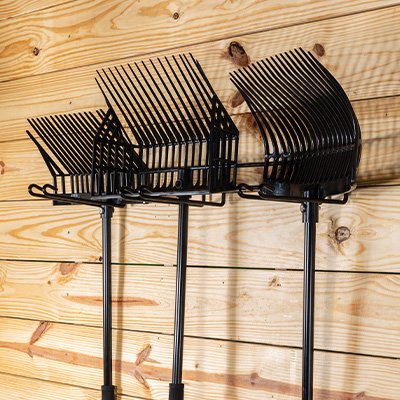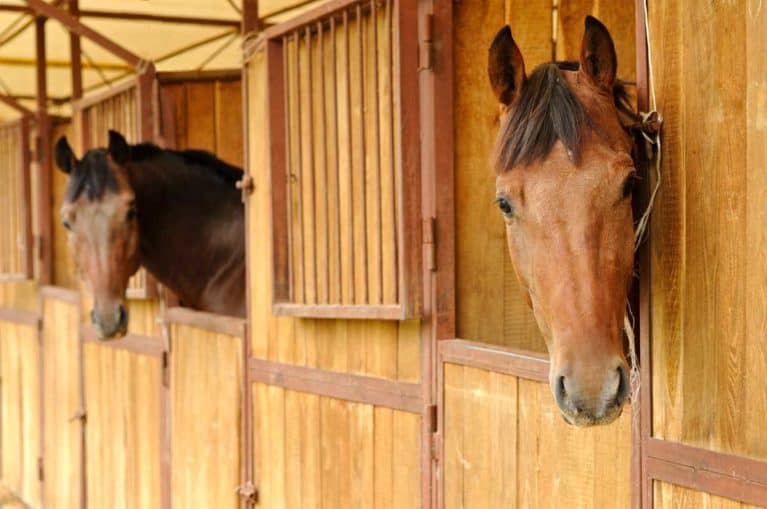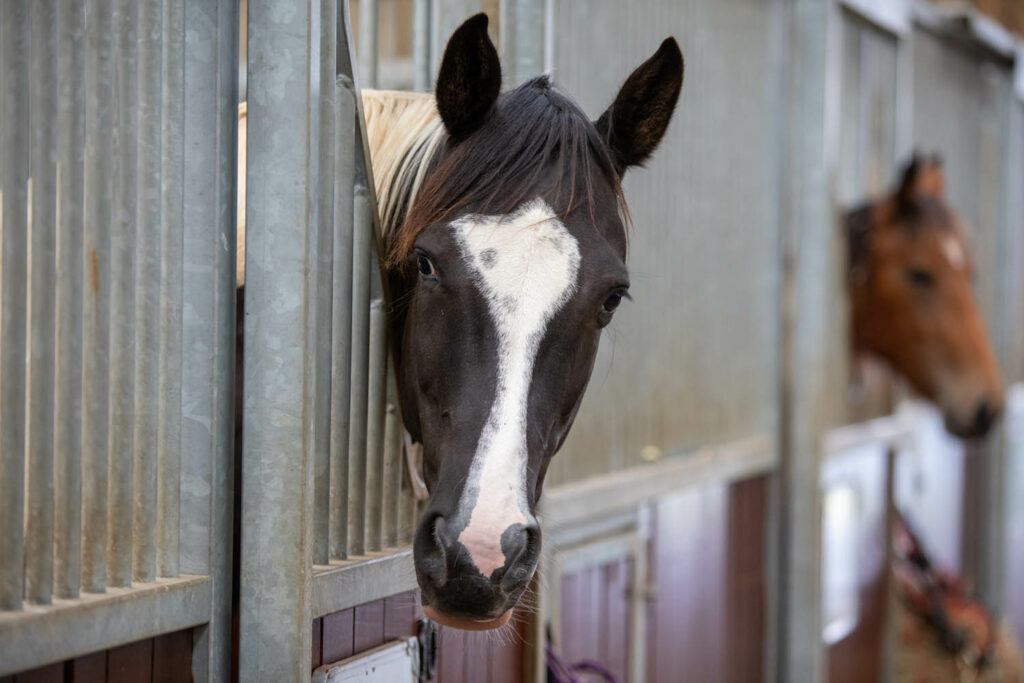Preventive Measures for Stall-Kept Horses

Stall-kept horses require special care to maintain their health and well-being. Preventive measures are essential to avoid common health issues and ensure a comfortable environment. This article explores key strategies to keep stall-kept horses healthy, happy, and thriving.
1. Proper Stall Hygiene

Maintaining a clean stall is crucial to prevent respiratory problems, infections, and hoof diseases.
- Regular Cleaning: Remove manure and wet bedding daily.
- Bedding Choice: Use absorbent, dust-free materials like wood shavings or straw.
- Ventilation: Ensure good airflow to reduce ammonia buildup and moisture.
| Hygiene Aspect | Recommended Practice |
|---|---|
| Cleaning Frequency | Daily removal of waste |
| Bedding Material | Dust-free, absorbent |
| Ventilation | Adequate airflow, no drafts |
2. Balanced Nutrition
Proper diet supports immune function and overall health.
- Provide high-quality forage such as hay or pasture.
- Supplement with grains or concentrates as needed.
- Ensure constant access to clean, fresh water.
3. Regular Exercise
Stall-kept horses need daily exercise to maintain muscle tone and mental health.
- Turnout time in a paddock or pasture.
- Riding or lunging sessions.
4. Routine Health Checks
Early detection of health issues can prevent serious complications.
- Monitor for signs of colic, lameness, or respiratory distress.
- Schedule regular veterinary check-ups and vaccinations.
- Deworm according to a vet-recommended schedule.
5. Hoof Care
Proper hoof maintenance prevents lameness and infections.
- Regular trimming by a farrier every 6-8 weeks.
- Daily hoof cleaning to remove debris.
6. Mental Stimulation
Prevent boredom and stress by providing enrichment.
- Toys, mirrors, or companion animals.
- Varying daily routines.
FAQ
Q1: How often should a stall be cleaned?
A: Daily cleaning is recommended to maintain hygiene and prevent health issues.
Q2: What type of bedding is best?
A: Dust-free, absorbent bedding like wood shavings or straw is ideal.
Q3: How much exercise does a stall-kept horse need?
A: At least one hour of turnout or exercise daily is beneficial.
Q4: When should I call a vet?
A: If you notice signs of colic, lameness, or unusual behavior, contact your vet promptly.
By following these preventive measures, owners can ensure their stall-kept horses remain healthy and comfortable. Consistent care and attention to detail make all the difference in equine welfare.
